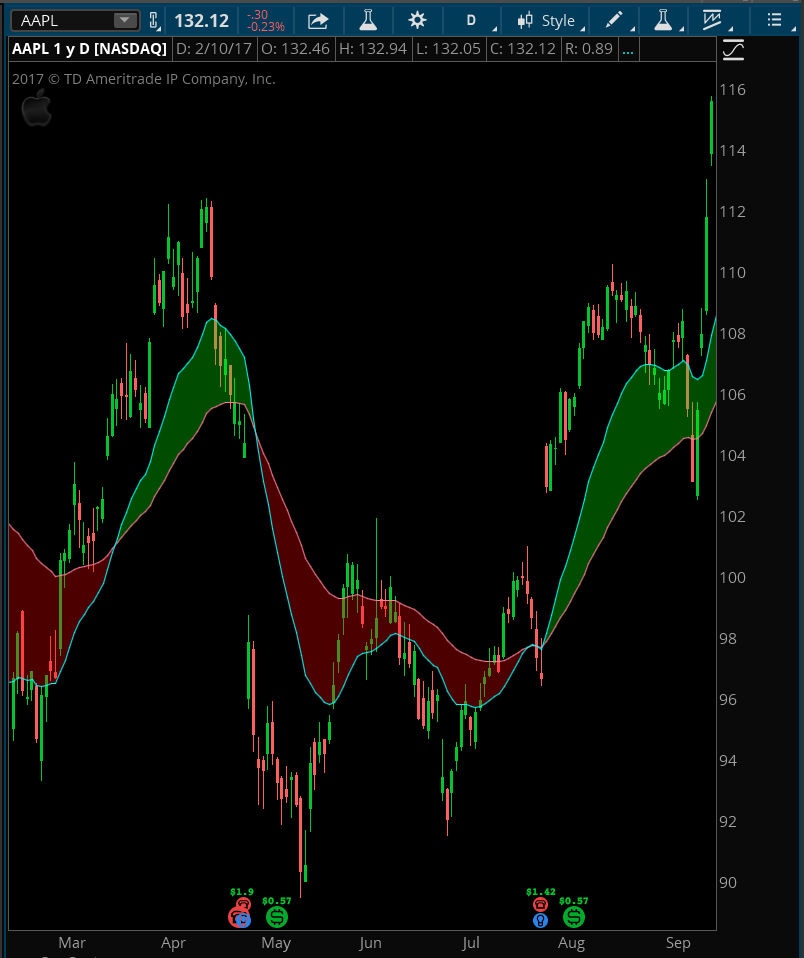| ♥ 0 |
How can I make it so that there is a cloud between the 20 EMA and 50 EMA like the cloud in the Ichimoku cloud? As long as there is a cloud that works. It would be nice if the cloud could be green when the 20 EMA is above the 50 EMA and the cloud is red when the 20 EMA is below the 50 EMA. Thank you!
Marked as spam
|
|
Private answer
I think this should do the trick. Here is the code with screenshot attached.
Marked as spam
|
|||||||||||
|
Private answer
Ok, so in order to build a scan for “Big Gaps” based on the criteria supplied:
Marked as spam
|
Please log in to post questions.


Yep, we can do this. Love this question. I’m away from the computer today but will try to post an answer late this evening.